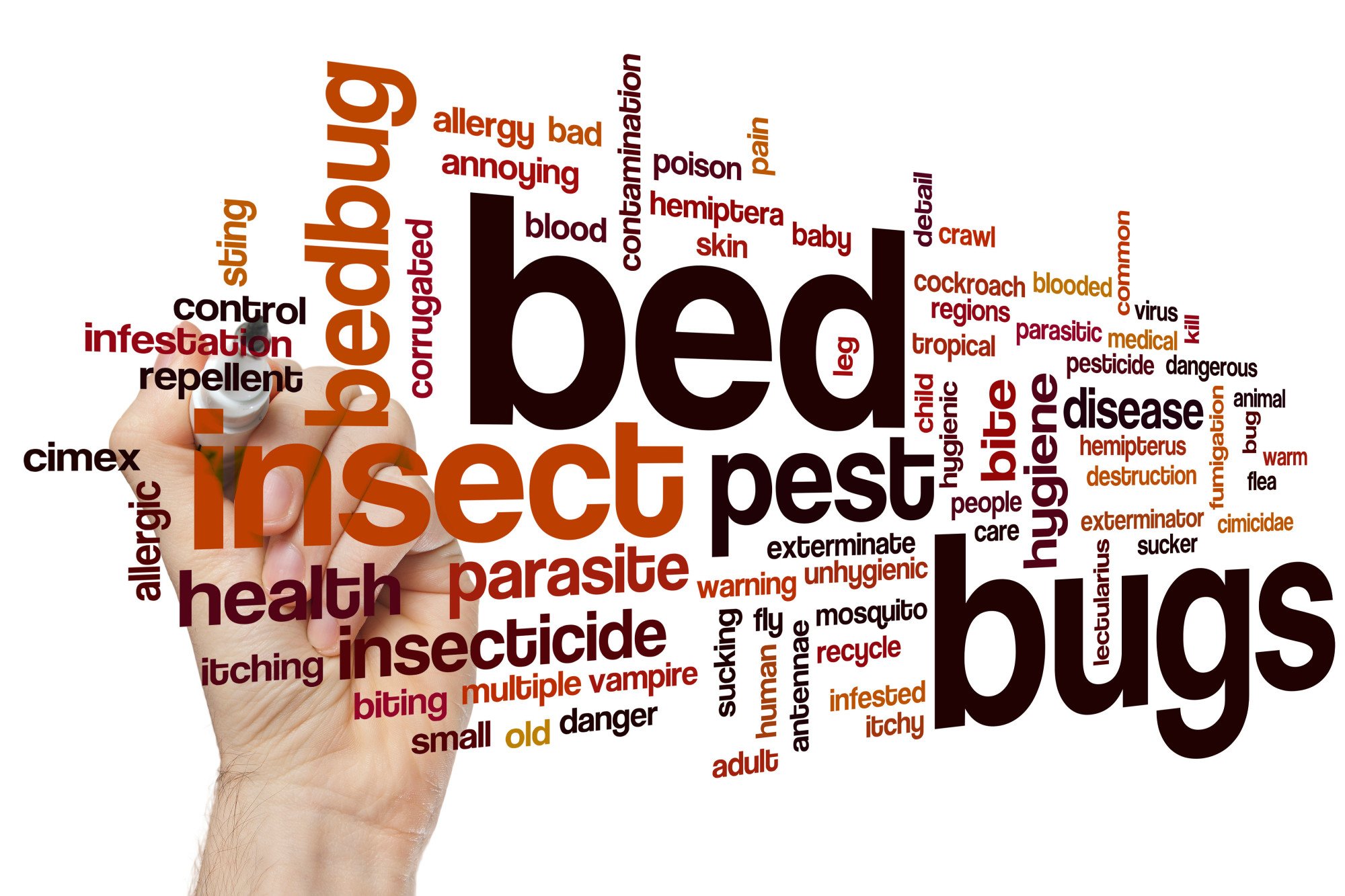Dog Bed Bug Detection-Technologies and Future Directions

In the last 10 years, bed bug identification and management have become an increasingly essential aspect of the pest control business. It should come as no surprise considering the fact that estimations indicate a 100-fold growth in its global population.
Early identification is critical in order to prevent the spread of these pests across the environment. Because responses to bug bites are often misinterpreted, relying just on bites for detection is futile. While visual pest inspections are time-consuming and cheap, they are sometimes insufficient at the beginning of an infestation when there are only a few bugs present to detect. Visit this site to hire the best dog bed bug inspection California experts.
Is it possible that man's closest friend, the dog, might hold the key to early detection? The use of canine (K9) inspection canines is becoming more widespread, and the future of this technology seems to be quite promising. When it comes to identifying pests, trained dogs are both incredibly precise and speedy.
What is the procedure for a canine (K9) bed insect inspection?
Dogs are born with very sensitive noses, which allows them to identify these critters! In fact, dogs that have been particularly taught to identify pests do so with remarkable precision. It is not only possible for them to distinguish between the scents of living bugs and their eggs, but they can also distinguish between the scents of dead bugs as well as between the debris left behind by the bugs.
Benefits
Studies have shown that trained dogs may be more accurate at identifying vermin than a professional technician in certain situations. Before and after being matched with a handler, K9 Inspection dogs get a large amount of pre- and post-placement training. This training allows a robot to quickly and efficiently evaluate rooms that would otherwise take hours to investigate by hand, so saving both time and money.
They are able to distinguish between rooms that have issues and those that do not. This guarantees that treatments are carried out exclusively in the areas that have been identified as being in need of treatment before they become big infestations.
Directions for the Future
There are many new technologies being developed to detect infestations, but none of them seems to be as promising as canine detection.
One new way for detecting these pests involves taking air samples from a room and testing them. It is possible to detect airborne compounds linked with such infestations by the use of gas chromatography. Another intriguing idea is the use of electronic noses. This new technology employs equipment to detect volatile odor chemicals at very low quantities - and it is already in use in the food and environmental monitoring sectors, among other fields of application.
Summary
New technology may one day make it possible to overcome the difficulty of early detection of bed bugs, but for the time being, these high-tech procedures are still too expensive and inconvenient to be widely used by both pest control operators and homeowners.
Canine inspection, on the other hand, is growing more and more popular. Based on the speed and precision of these trained canines, it is possible that they will be the most effective method of detecting bed bugs early.
